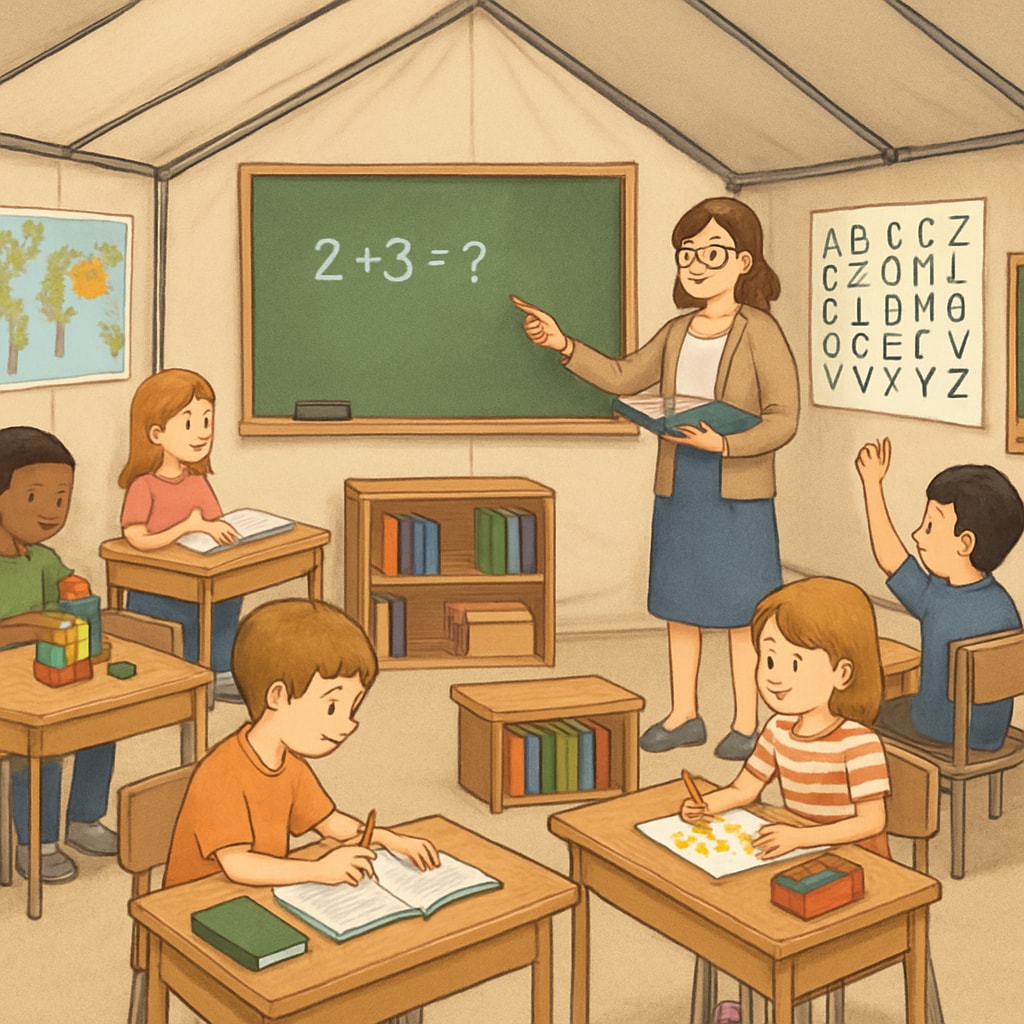Temporary school relocations, often necessitated by renovations or infrastructure upgrades, can significantly impact the learning experience and emotional well-being of primary school students. These changes in the school environment can lead to challenges such as reduced access to familiar facilities, disruptions in daily routines, and limited opportunities for parent-teacher interaction. For parents and educators, it is vital to address these concerns and ensure children continue to thrive academically, socially, and emotionally even during transitional periods.

Challenges of Adjusting to a New Environment
When primary school students are relocated to temporary campuses, they often face unfamiliar surroundings that can create a sense of disconnection. For younger children, who thrive on routine and stability, the lack of familiarity can lead to anxiety and reduced engagement in learning activities. Additionally, temporary campuses may lack the tailored infrastructure that supports specific developmental needs, such as playgrounds or interactive learning spaces.
For example, research from Britannica highlights the importance of a stable environment in fostering cognitive and emotional growth during early years. Disruptions caused by relocations may hinder these processes, requiring schools to adopt innovative solutions to minimize the impact.

Limiting Access to Activities and Resources
Temporary relocations often result in scaled-down facilities, which can limit children’s access to essential resources such as libraries, sports equipment, and creative spaces. These changes can affect how students engage in extracurricular activities, potentially reducing opportunities for holistic development. Without adequate spaces, children may feel confined, reducing their ability to explore and express themselves freely.
Additionally, reduced facilities may place a strain on teachers who strive to maintain the same level of engagement and educational quality. Educators may need to adapt their teaching methods to compensate for the lack of resources, which can add to their workload and stress.
Strengthening Parent-School Collaboration
During temporary relocations, the connection between families and schools may weaken due to logistical challenges, such as increased commuting time or limited access to school events. Parents may feel disconnected from their child’s education, leading to concerns about their overall development. However, fostering strong communication between parents and educators is crucial to overcoming these barriers.
For instance, schools can use digital platforms to keep parents informed about their child’s progress and upcoming updates on the relocation process. Platforms like Parent-Teacher Associations on Wikipedia have historically been instrumental in ensuring active participation from families.
Creating Positive Transitional Experiences
To ensure that children continue to thrive during temporary relocations, schools, parents, and communities must collaborate to create a nurturing environment. Here are some actionable strategies:
- Design temporary campuses with child-friendly spaces to ensure comfort and engagement.
- Provide consistent routines and structured activities to maintain stability.
- Incorporate virtual learning tools to supplement missing physical resources.
- Encourage open communication between parents, students, and teachers to address concerns effectively.
By implementing these measures, schools can turn transitional challenges into opportunities for innovation and growth. A proactive approach ensures that children not only adapt to new environments but also develop resilience and flexibility—qualities essential for future learning experiences.
Readability guidance: The article maintains short paragraphs, uses simple language, and incorporates transition words to ensure clarity. Lists are used to summarize actionable points, while external links provide credibility. Images are strategically placed to complement the content.


